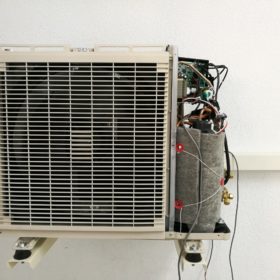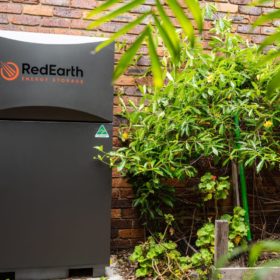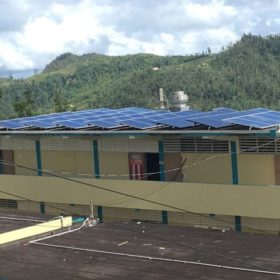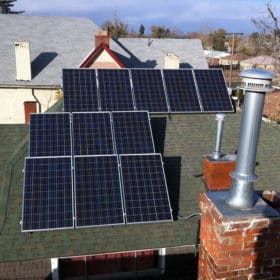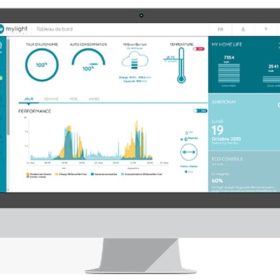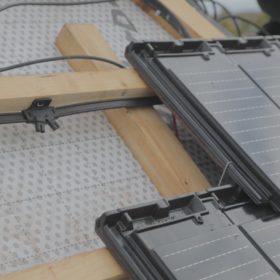Key indicators to identify the best photovoltaic heat pump
Researchers in Spain have compiled a list of key performance indicators intended at evaluating not only the quality of a heat pump or a PV generator; but also the quality of their integration. pv magazine spoke to research co-author Celena Lorenzo about the potential and challenges of this combination. According to her, heat pumps powered by PV alone are efficient enough for both cooling and heating.
RedEarth deal to see thousands of new Australian homes built with solar-battery systems
Battery storage manufacturer RedEarth has partnered with a major Australian housing developer to offer new-home buyers solar and solar/battery systems tailored to their needs from the get go – and with the opportunity to sell excess energy at optimized prices where the grid needs it most.
Report outlines rooftop solar and storage for 75% of Puerto Rico’s power, and at a lower cost
Distributed solar and storage should be the focus for $9.6 billion in FEMA funds allocated for Puerto Rico’s grid reconstruction, says a new report based on independent analysis.
Poland to add another 11 GW of PV over the next five years
The Eastern European country is expected to add around 2 GW per year over the next five years, according to Polish research institute Instytut Energetyki Odnawialnej. By the end of 2025, its cumulative installed PV capacity should reach 14.93 GW.
Household solar holds key to climate-neutral Japan
Rooftops will have to supply a third of the 524 GW of solar generation capacity needed by 2045 to reach a zero-carbon economy by mid century, according to an academic paper. The researchers also suggested green hydrogen should not play a central role in the nation’s energy transition.
French self-consumption specialist launches virtual battery for PV system owners
The virtual battery records the surplus solar power injected into the grid on sunny days and returns it at night or in winter. If the production of the PV plant is not sufficient to cover all the electricity needs, MyLight Systems provides the household with green energy supplied by Swiss energy company Axpo.
Solar-led renewable energy system could free up 10% of Caribbean nation’s GDP
A mix of solar and wind power can help Antigua and Barbuda to an almost-90% renewable energy system, and green hydrogen could then show the path to hitting the national ambition of 100% green power by 2030, and net zero by 2050.
Solar tile made in Germany
German manufacturer Autarq is selling its solar tiles at a price ranging from €25 to €30 per piece. It claims a PV system built with these products can cover around 70% of household needs.
Poland hits 4 GW milestone
The Polish grid operator connected 2.63 GW of PV capacity in 2020, while newly installed capacity surpassed 150 MW in January 2021.
Russia introduces net metering for small-sized PV
The new net metering provisions came into force three years after the legislative process was launched. Power surplus will be sold to the grid at a rate of up to RUB2/kWh ($0.026).
